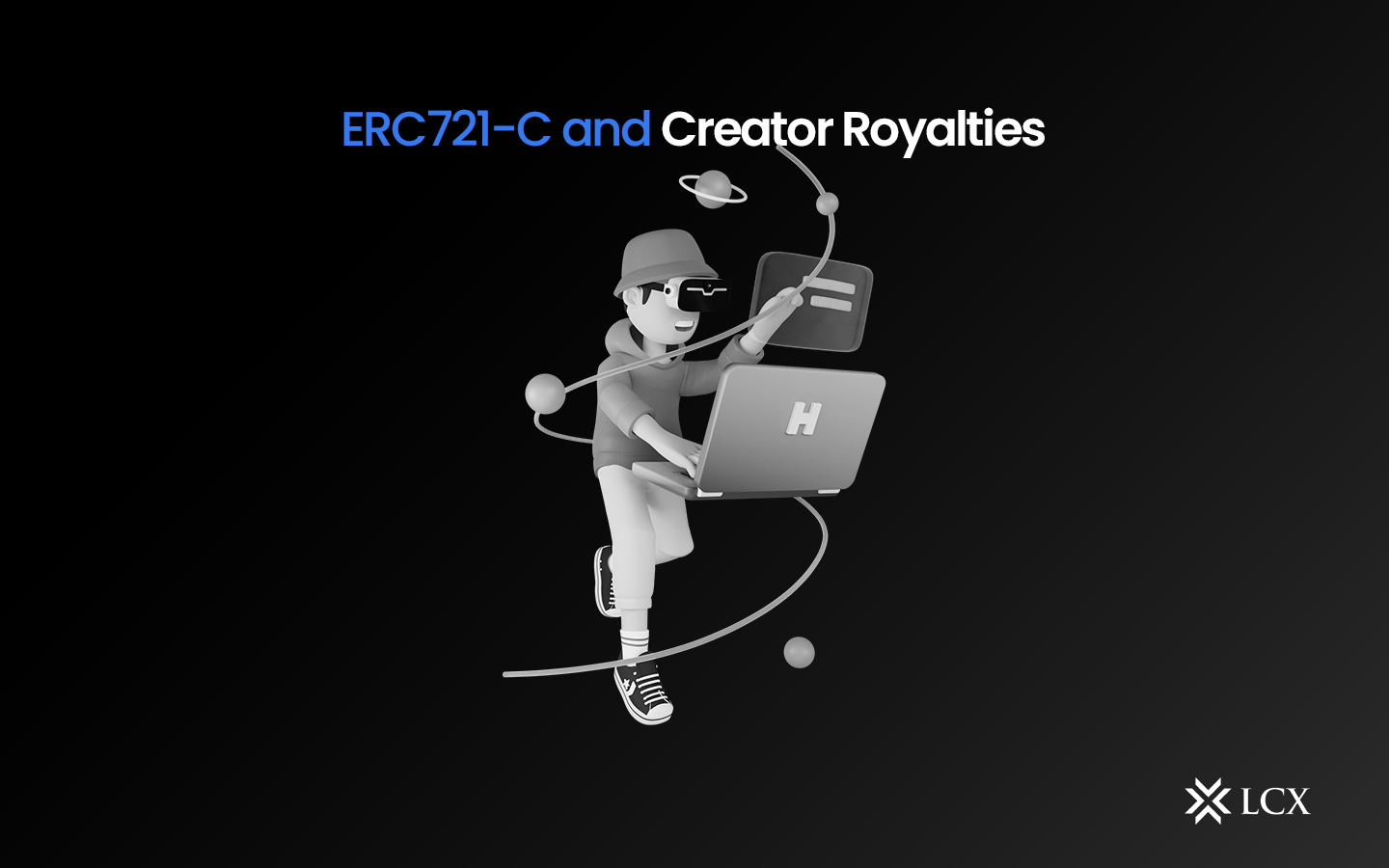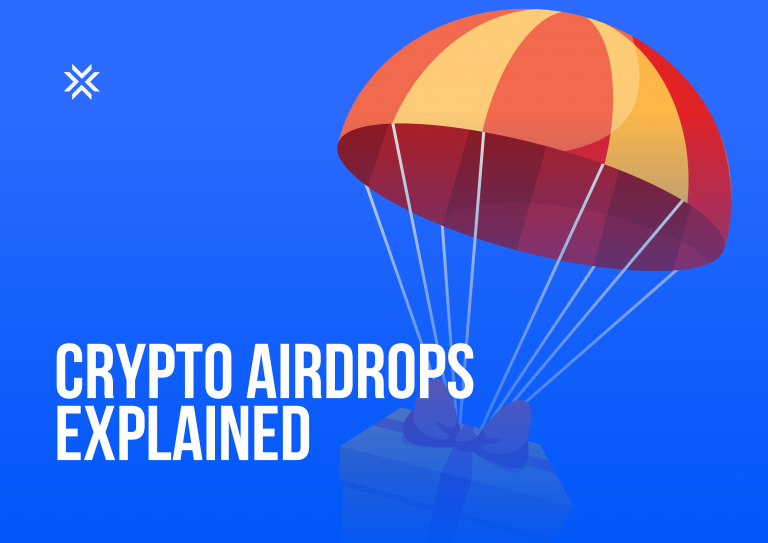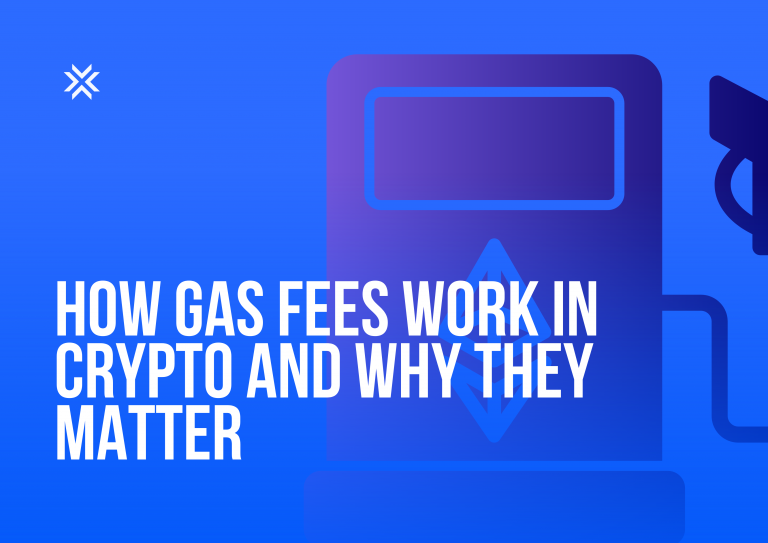Creator royalties have grown into a significant source of income in the NFT industry. This should come as no surprise to any individual who considers Web3 their native territory. What should be unusual, however, is that the debate over the importance of royalties has made no significant advancement since its inception. Yes, the majority of the prominent NFT marketplaces have expressed an opinion on the issue. That is not to say, however, that there are no developers actively working on improving the situation. The recently announced ERC721-C standard is certainly proof of such initiatives.
What exactly is ERC721-C?
A new token standard designed to make on-chain royalties enforceable by law. In contrast to ERC-721 and ERC1155, the most frequently created and traded types of NFTs, the recently introduced standard makes royalties programmable, enabling creators to permanently prevent zero-fee platforms from promoting their works. This new standard allows artists and developers to construct a type of authorized smart contract that specifies where and how royalties are transmitted.
This new type of configurable royalty contract essentially enables creators to choose where their NFTs are sold and to restrict contacts to only the agreements and apps of their choosing. In the future, traders will be able to avoid royalties by utilizing no-fee platforms, as any revenue created with ERC721-C can be opted out of trading on these exchanges.
How to use ERC721-C?
This new standard is applicable to a wide range of use cases beyond basic end-to-end royalty transfers. This new standard makes it simple for users to optimize their royalties in ways that benefit one another and their supporters. This might be beneficial for developing community efforts, as royalties from transactions could be immediately divided, for example, between members of a DAO or contest victors. In contrast, creators have the ability to determine the percentages, timing, and frequency of payouts.
In addition, THIS STANDARD was developed to be entirely compatible with previous versions, meaning that it will work with no concern for existing market and chain standards.
When will ERC721-C be implemented?
ERC721-C and ERC1155-C (or other new standards like ERC-6551 or BRC-20) will not be adopted overnight, which is a significant factor to consider. The standard is emerging and somewhat complex, and if additional characteristics are added, it may become even more convoluted. Despite the fact that interest in the NFT space has been consistently growing, the standard is relatively new and complex.
Likewise, the modification features provided by this token standard will probably necessitate that marketplaces update their platforms. Nevertheless, even this measure may not be taken until Web3 receives evidence of the practicality of the recently introduced standard in the form of a collection that successfully implements the new standard. Overall, however, proponents of creator royalties should focus their attention on this new standard as opposed to the competition between marketplaces.
What Is an NFT Royalty?
NFT royalties are fees paid to creators by NFT purchasers when subsequent transactions (i.e., any transactions of NFTs after they are minted) of NFTs take place. In other words, royalties enable NFT creators to make frequent revenue following the release of their NFT collection. The more valuable an NFT creator’s collection grows and the more frequently it is traded, the higher the creator’s royalty income.
In their current state under ERC721, royalties for Ethereum NFTs are not entirely enforceable on-chain. Consequently, marketplaces for digital currencies have a substantial impact on the enforcement of royalty payments.
Programmable Royalties
With this token standard, it is possible to incorporate creator royalties logic directly into Ethereum smart contract code. This provides users with complete authority over royalty choices and might decrease the influence marketplaces have over them at present.
The following are examples of how NFT developers may play with the programming abilities of this token standard:
Distributed Royalties: Instead of NFT creators receiving the entirety of NFT royalties, they could be shared among NFT creators and holders in order to reward early adopters.
Minter-Only Royalties: Instead of creators, NFT minters might become the solitary recipients of royalties.
Contingent Royalties: Diverse criteria could be used to figure out whether or not contingent royalties would be charged on particular NFT transactions. For instance, one might set up an ERC721-C contract so that royalties are only paid out when the secondary transaction price exceeds the initial mint price.
Transferable Royalties: NFT creators might give their holders a separate NFT that confers royalty income rights. When someone mints “NFT X,” for instance, they would also receive “NFT Y,” which has access to all royalties generated by “NFT X.”
Conclusion
ERC721-C provides a plausible solution to these Web3 royalty problems. By integrating revenue contracts into the NFT’s smart contract, artists can guarantee that they will receive an agreed-upon proportion of the proceeds whenever their work is resold. This royalty charge can be instantly transferred to the unique creator’s wallet address, eliminating the need for middlemen and minimizing administrative overhead. It provides a compelling solution for addressing Web3 creator royalties issues. By leveraging the decentralization, transparency, and smart contract capabilities of blockchain technology, creators may acquire control over their intellectual property and be compensated fairly for their work. With this, the road to a more equal and durable Web3 future grows more explicit, opening a path for artists, publishers, and collectors to succeed in a decentralized digital environment.










